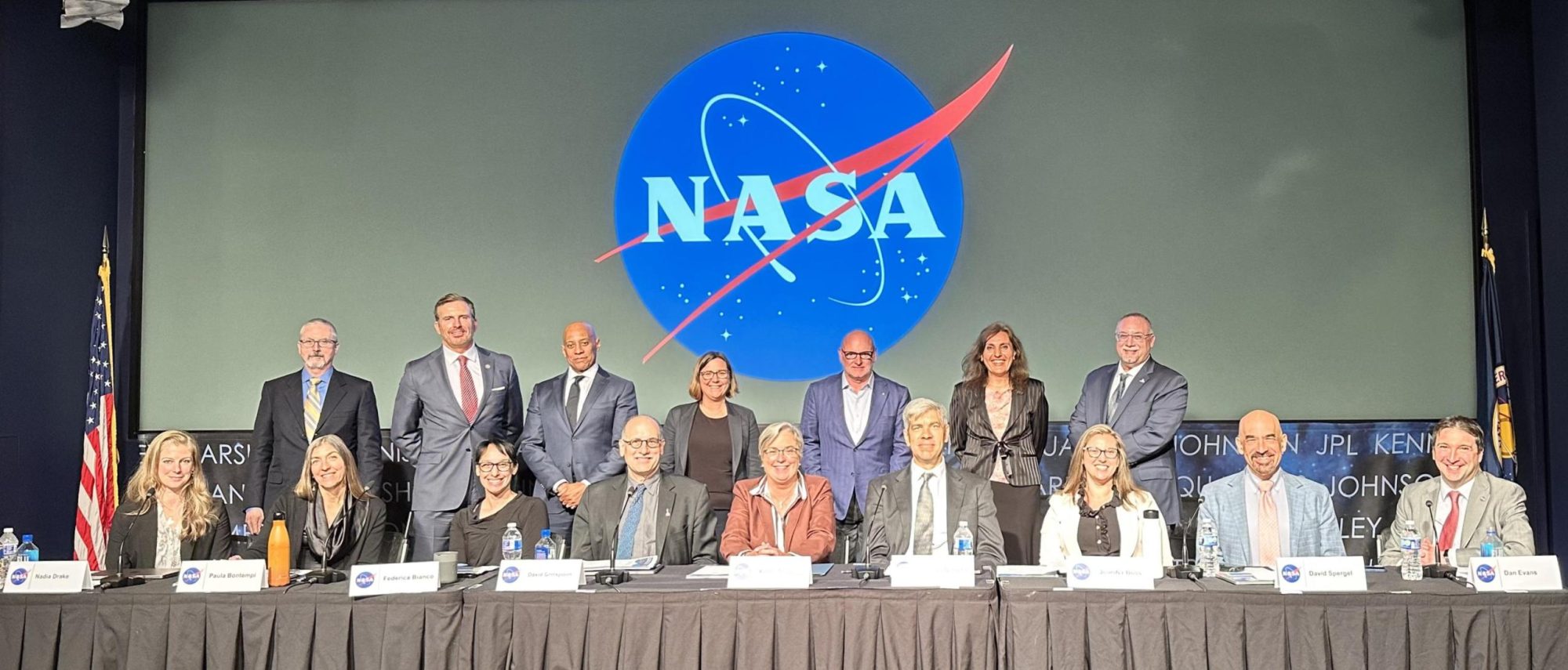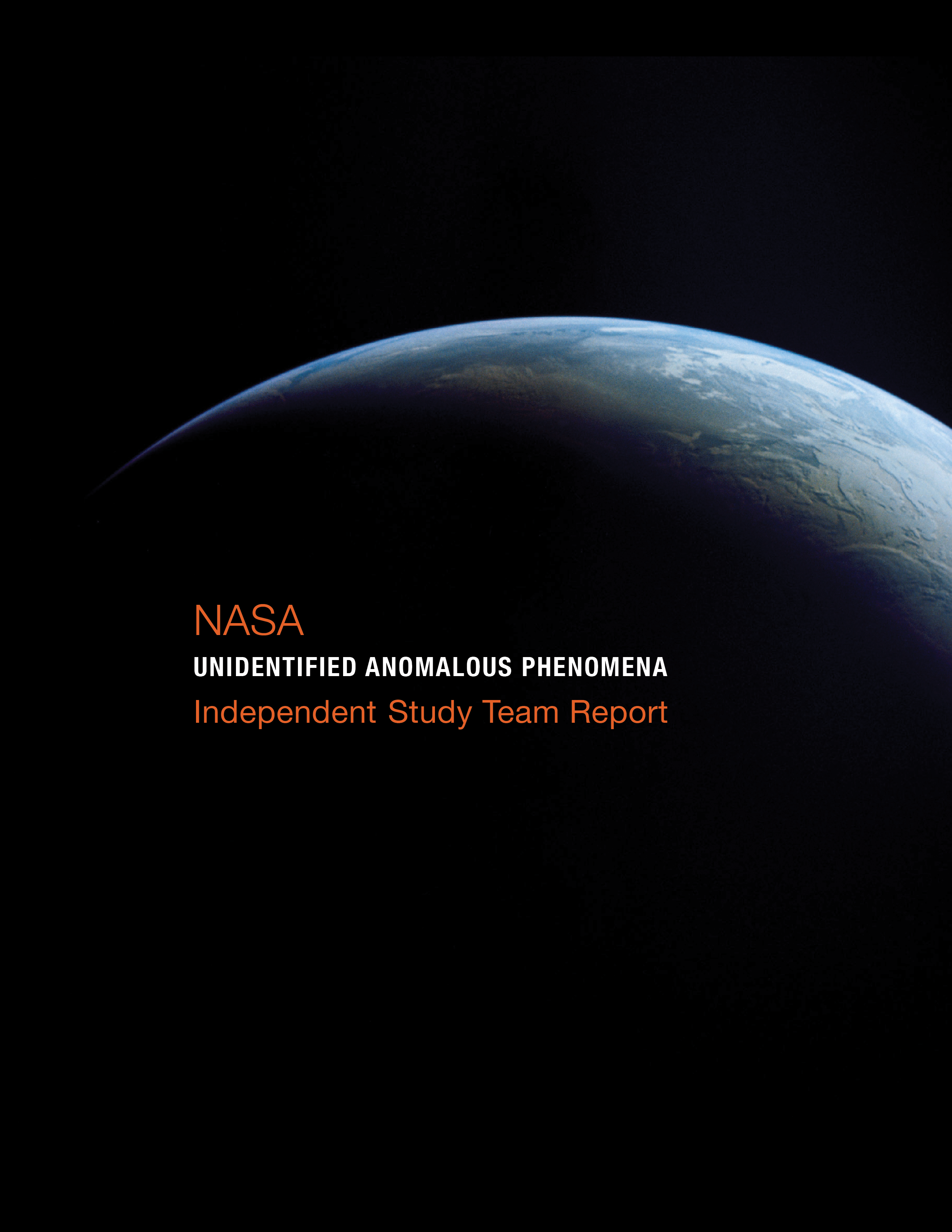UAP

On June 9, 2022, NASA announced that the agency is commissioning a study team to examine unidentified anomalous phenomena (UAPs) – that is, observations of events in the sky that cannot be identified as aircraft or known natural phenomena – from a scientific perspective. The study will focus on identifying available data, how best to collect future data, and how NASA can use that data to move the scientific understanding of UAPs forward. This webpage is designed as a resource to provide updates on the UAP Independent Study.

On September 14, 2023, the NASA Unidentified Anomalous Phenomena Independent Study Team published its final report containing a series of recommendations for how the agency could help to move our understanding of UAP forward.
In accordance with the Federal Advisory Committee Act, NASA announces a Public Meeting of the Unidentified Anomalous Phenomena Independent Study Team (UAPIST). This meeting will take place on Wednesday, May 31, 10:30am-2:30pm ET. The meeting will be broadcast live at https://www.nasa.gov/live/, and public participation is available by submitting and upvoting questions at https://nasa.cnf.io/sessions/hh4r/ starting on Friday, May 12. The presentations and other materials will also be available on this web page.
- Agenda
- Media advisory
- Federal Register Notice
- Sean Kirkpatrick May 31 Presentation
- Mike Freie May 31 Presentation
- Josh Semeter May 31 Presentation
- Nicola Fox Remarks UAP Independent Study Meeting May 31
- Daniel Evans Remarks - May 31
- Dr. Sean Kirkpatrick Remarks for NASA Public Meeting on UAP May 31
- Telecon (YouTube)
- Meeting (YouTube)
On June 9, 2022, Dr. Thomas Zurbuchen presented an update on NASA’s Science Program to a joint meeting of the National Academies Space Studies Board and Aeronautics and Space Engineering Board, which included an outline of NASA’s UAP Independent Study.
NASA leads the world in exploration and is committed to rigorous scientific inquiry. Consistent with NASA’s principles of openness, transparency, and scientific integrity, NASA is establishing the UAP Independent Study as a means to secure the counsel of community experts across diverse areas on matters relevant to potential methods of study of unidentified anomalous phenomena. The UAP Independent Study serves as a community-based, interdisciplinary forum for soliciting and coordinating community analysis and input and providing advice.
The UAP Independent Study shall report on the following questions:
- What types of scientific data currently collected and archived by NASA or other civilian government entities should be synthesized and analyzed to potentially shed light on the nature and origins of Unidentified Anomalous Phenomena (UAP)?
- What types of scientific data currently collected and held by non-profits and companies should be synthesized and analyzed to potentially shed light on the nature and origins of UAP?
- What other types of scientific data should be collected by NASA to enhance the potential for developing an understanding of the nature and origins of UAP?
- Which scientific analysis techniques currently in production could be employed to assess the nature and origins of UAP? Which types of analysis techniques should be developed?
- In considering the factors above, what basic physical constraints can be placed on the nature and origins of UAP?
- What civilian airspace data related to UAPs have been collected by government agencies and are available for analysis to a) inform efforts to better understand the nature and origins of UAPs, and b) determine the risk of UAPs to the National Air Space (NAS)?
- What current reporting protocols and air traffic management (ATM) data acquisition systems can be modified to acquire additional data on past and future UAPs?
- What potential enhancements to future ATM development efforts can be recommended to acquire data concerning future reported UAPs to assist in the effort to better understand the nature and origin of the UAPs?
NASA’s Science Mission Directorate, in consultation with NASA’s Aeronautics Research Mission Directorate, will appoint the Chair and members of the UAP Independent Study for terms of up to one year. Diversity of thought shall be a factor in determining the composition of the UAP Independent Study. The UAP Independent Study will have approximately eight to twelve members chosen with an appropriately broad range of expertise; experience; employer types and sizes; and individual demographics. The membership will consist of experts drawn from U.S. academic, independent, and commercial institutions. Members of the UAP Independent Study who are not Regular Government Employees (RGE) will be designated Special Government Employees (SGE) or Representatives. A NASA civil servant will be appointed as the Designated Federal Officer and Executive Secretary of the UAP Independent Study.
Questions about UAP should be directed to Daniel A. Evans (Daniel.A.Evans@nasa.gov).




